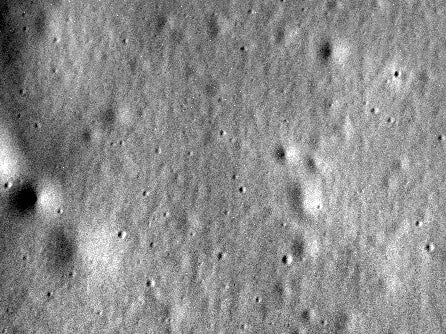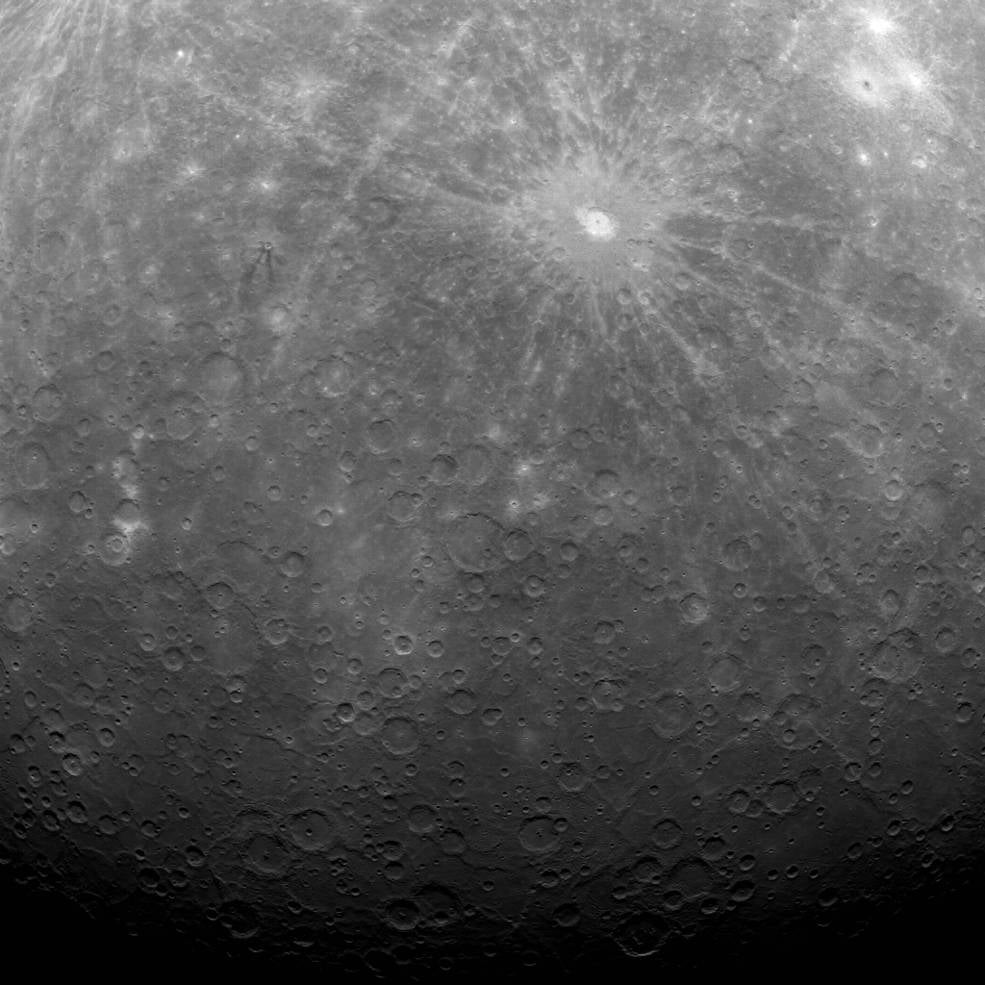Messenger mission: Nasa's Mercury probe ends 11 years of life with a bump by crashing into planet at 8,750mph
The probe ran out of fuel and crash landed into the surface of Mercury

Your support helps us to tell the story
From reproductive rights to climate change to Big Tech, The Independent is on the ground when the story is developing. Whether it's investigating the financials of Elon Musk's pro-Trump PAC or producing our latest documentary, 'The A Word', which shines a light on the American women fighting for reproductive rights, we know how important it is to parse out the facts from the messaging.
At such a critical moment in US history, we need reporters on the ground. Your donation allows us to keep sending journalists to speak to both sides of the story.
The Independent is trusted by Americans across the entire political spectrum. And unlike many other quality news outlets, we choose not to lock Americans out of our reporting and analysis with paywalls. We believe quality journalism should be available to everyone, paid for by those who can afford it.
Your support makes all the difference.Nasa’s Messenger mission came to an abrupt end when the probe crashed into Mercury at about 8,750mph and created a new crater on the planet’s surface after 11 years of service.
The planned impact occurred at 3.26pm EDT on Thursday, controllers at the Johns Hopkins University Applied Physics laboratory confirmed.
Before its demise, the Messenger probe, short for Mercury Surface, Space Environment, Geochemistry and Ranging tweeted a farewell to its followers.
“Well, I guess it's time to say goodbye to all my friends, family, support team. I will be making my final impact very soon.”
Messenger is the first craft to orbit Mercury and, after four years and 4,105 orbits, delivered a “stunningly long list of discoveries”, which changed views of the the “entire inner solar system”, according to principal investigator Sean Solomon.
Among numerous discoveries, the Messenger probe determined Mercury’s surface composition, geological history, internal magnetic field and the existence of frozen water on the solar system’s smallest planet.
John Grunsfeld, associate administrator for Nasa’s science mission directorate in Washington, said: “Going out with a bang as it impacts the surface of Mercury, we are celebrating Messenger as more than a successful mission.

“The Messenger mission will continue to provide scientists with a bonanza of new results as we begin the next phase of this mission--analysing the exciting data already in the archives, and unravelling the mysteries of Mercury.”
The mood at the Mission Operations Centre was described as both sombre and celebratory as the team members watched the final moments of Messenger’s mission being relayed to the facility in California.
“We monitored Messenger’s beacon signal for about 20 additional minutes,” mission operations manager Andy Calloway said.
“It was strange to think during that time Messenger had already impacted, but we could not confirm it immediately due to the vast distance across space between Mercury and Earth.”
When Nasa’s Deep Space Network station in California stopped received signals from the probe, just minutes after the initial collision, at 3.40pm EDT, mission controllers were able to confirm the end of Messenger’s operations.

The conclusion of Messenger’s mission, on the scorched surface of the planet closest to the Sun, was not recorded as the probe hit the side of Mercury which faces away from Earth.
Space-based telescopes were also unable to capture the impact as the proximity of the Sun to Mercury would damage the telescopes’ optics.
Messenger was launched on 3 August 2004, but did not begin its first orbit of Mercury until 17 March 2011.
The probe completed its primary objective in March 2012, but its life was extended twice and it was able to send back detailed images of the planet’s surface and record unparalleled information.
Join our commenting forum
Join thought-provoking conversations, follow other Independent readers and see their replies
Comments